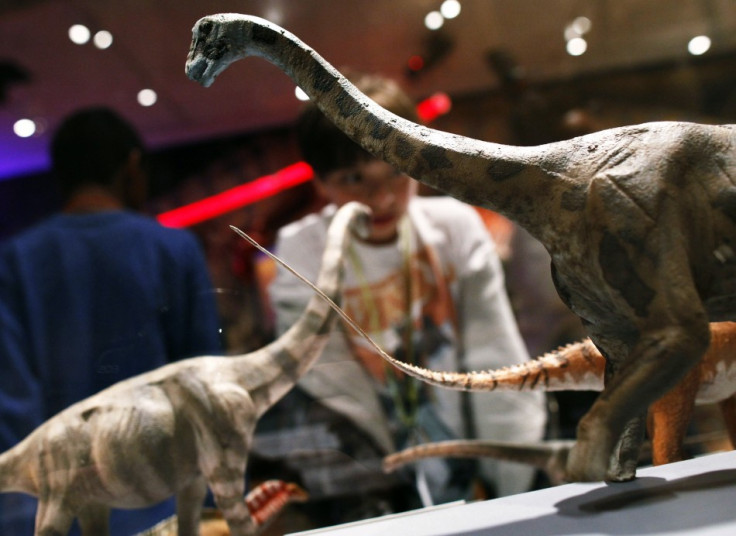Rare 70-Million-Year-Old Dinosaur Footprints Discovered in Alaska's National Park

A palaeontologist and his team have discovered a massive treasure of dinosaur footprints in Alaska's Denali National Park.
The priceless dinosaur tracks are 70 million years old and believed to be that of a herd of duck-billed dinosaurs that lived in the Alaskan forests, Live Science reported.
"We had mom, dad, big brother, big sister and little babies all running around together," said palaeontologist Anthony Fiorillo, the curator of earth sciences at the Perot Museum of Nature and Science, to Live Science.
"As I like to tell the park, Denali was a family destination for millions of years, and now we've got the fossil evidence for it."
The latest discovery supports Fiorillo's claim that dinosaurs lived and flourished at polar latitudes of the land of the midnight sun during the late Cretaceous period.
"Even back then the high latitudes were biologically productive and could support big herds of pretty big animals," Fiorillo told the website.
The team of palaeontologists also discovered fossilised traces of birds, worms, clams and bugs along with the dinosaur footprints.
Besides, Fiorillo said that they had found thousands of tracks containing preserved skin and "nail" impressions of the hadrosaurs near the park's northeast corner.
Fiorillo expressed his excitement about his team's new discovery and said, "This is definitely one of the great track sites of the world. We were so happy to find it."
Other footprints found in Denali National Park were of ceratopsians, therizinosaurs and pterosaurs the flying dino beasts.
Researchers also found that more than 80% of the footprint tracks were of adults while 13% were of baby dinosaurs.
According to researchers, the hadrosaur tracks also suggest that the baby and young adult group of duck-billed dinosaurs lived their entire life in the Arctic during the late Cretaceous period and never migrated, which is the usual habit for dinosaurs.
"If you take a great big herd of plains eaters, they have to move at some level, otherwise they strip out all the vegetation," Fiorillo told Live Science.
"But there's a growing data set that suggests they didn't do the thousands and thousands of miles of migration that was originally considered."
© Copyright IBTimes 2025. All rights reserved.






















